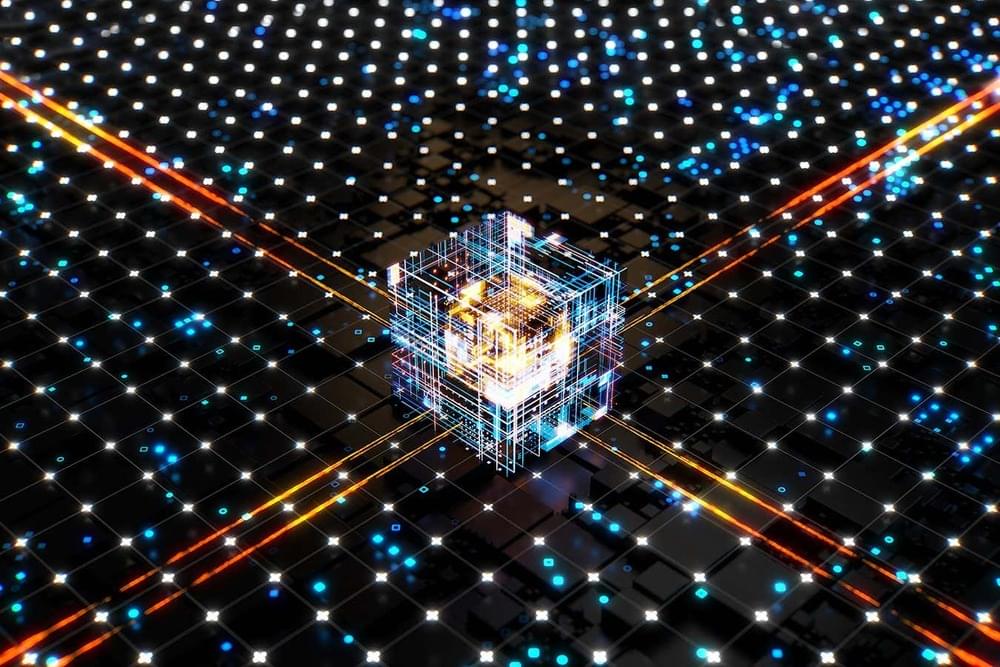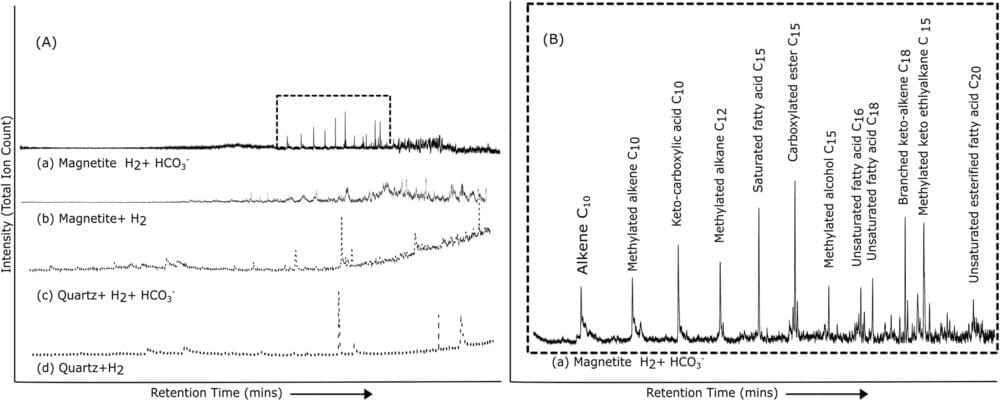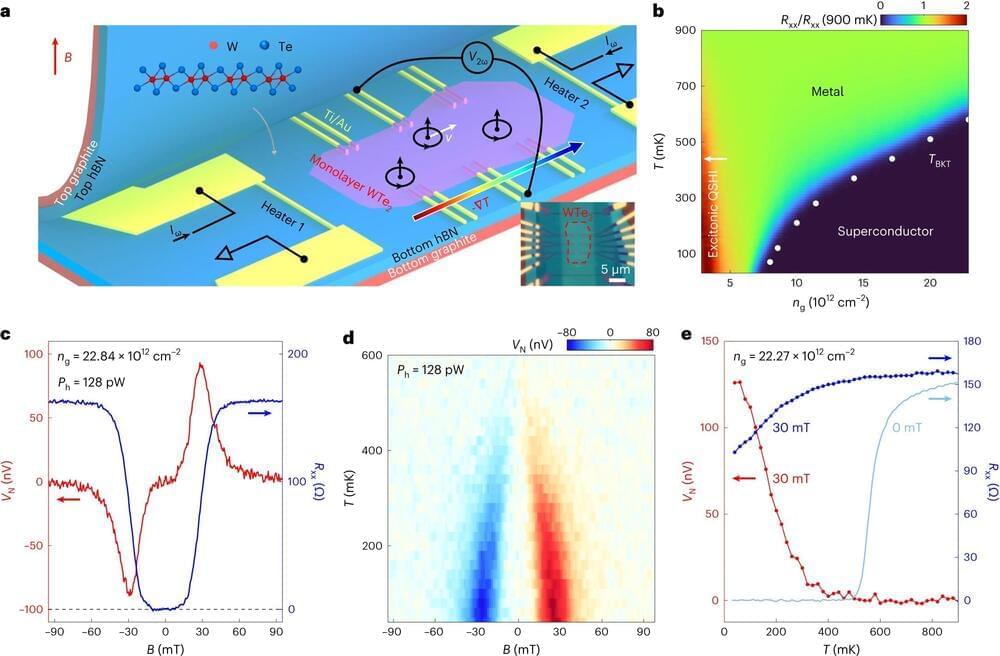A secure exchange between a merchant and a buyer has been successfully tested as a proof of concept using a small quantum computing network in China.


A secure exchange between a merchant and a buyer has been successfully tested as a proof of concept using a small quantum computing network in China.

A 26-year-old man with a 1-week history of a rash on his hands and feet and fever had scattered, partially blanchable macules that had merged into erythematous patches on his hands and feet. Read the full clinical case from มหาวิทยาลัยเชียงใหม่ Chiang Mai University:
Images in Clinical Medicine from The New England Journal of Medicine — Papular–Purpuric “Gloves and Socks” Syndrome in Parvovirus B19 Infection.

Solar panels are already an affordable energy solution since they generate enough power over their lifetimes to pay for themselves and then some. However, they do take some investment up front, and some people (and homeowners associations) dislike the way they look.
So what if you could get that power to make electricity from sunlight without having to install solar panels? That’s the beauty of solar paint, as reported by Solar Action Alliance.
The idea behind solar paint (aka photovoltaic paint) is simple: It’d be like ordinary paint but with billions of light-sensitive particles mixed in, as Understand Solar notes.
For every proton, there were over a billion others that annihilated away with an antimatter counterpart. So where did all that energy go?

Many organisms can produce minerals or mineralized tissue. A well-known example is nacre, which is used in jewelry because of its iridescent colors. Chemically speaking, its formation begins with a mollusk extracting calcium and carbonate ions from water. However, the exact processes and conditions that lead to nacre, a composite of biopolymers and platelets of crystalline calcium carbonate, are the subject of intense debate among experts, and different theories exist.
Researchers do agree that non-crystalline intermediates, such as amorphous calcium carbonate (ACC), play a crucial role in biomineralization. Lobsters and other crustaceans, for example, keep a supply of ACC in their stomachs, which they use to build a new shell after molting. In a recent study published in Nature Communications, researchers from the University of Konstanz and Leibniz University Hannover have now succeeded in deciphering the formation pathway of ACC.

Newcastle University research turns to ancient hot springs to explore the origins of life on Earth.
The research team investigated how the emergence of the first living systems from inert geological materials happened on Earth more than 3.5 billion years ago. Scientists at Newcastle University found that mixing hydrogen, bicarbonate, and iron-rich magnetite under conditions mimicking relatively mild hydrothermal vent results in forming a spectrum of organic molecules, most notably including fatty acids stretching up to 18 carbon atoms in length.
Published in the journal Communications Earth & Environment, their findings potentially reveal how some key molecules needed to produce life are made from inorganic chemicals, which is essential to understanding a key step in how life formed on the Earth billions of years ago.

Complexity of biological forms has fascinated humankind over the years. Different species of plants have different leaf shapes. Have you ever wondered why it is so? Why does this shape diversity exist? Plants can change their leaf shapes over time and space. But how?
Does the distinct shape of leaf forms play a significant role in energy optimization? In fact, the shape of leaves has a lot to do with adapting to their surrounding environment. How is the unfolding of shape related to the evolutionary process of nature? These intriguing questions have led us to focus on quantitative approaches to the complexity of plant leaves.
Quantifying leaf shapes using Euclidean shapes, such as circles, triangles, etc., are appropriate to only a few plant species. Therefore, various quantitative measures of leaf shapes have been developed with varying accuracy. But Is the shape of an object really its actual shape? Visual perception of definite shape or geometry of physical objects is only an abstraction.

Astronomers have completed the largest and most detailed study of what triggers stars to form in the universe’s biggest galaxies, using NASA’s Chandra X-ray Observatory and other telescopes. They were surprised to find that the conditions for stellar conception in these exceptionally massive galaxies have not changed over the last ten billion years.
“What’s surprising here is that there are lots of things that could have affected star formation over the last ten billion years,” said Michael Calzadilla of the Massachusetts Institute of Technology (MIT) who led the study. “In the end, however, the main driver of star formation in these huge galaxies really comes down to one thing—whether or not the hot gas surrounding them can cool off quickly enough.”
Clusters of galaxies are the largest objects in the universe held together by gravity and contain huge amounts of hot gas seen in X-rays. The mass of this hot gas is several times the total mass of all the stars in all the hundreds of galaxies typically found in galaxy clusters.

Join us at 5:00 pm EST (11:00 pm UTC) for our Perpetual Life Hybrid Party live from our new location at 950 South Cypress Road in Pompano Beach, FL, and socialize with Immortalists from Around the World, hosted by hosted by Tonya Scholz and Rudi Hoffman. (Registration link at http://perpetual.life).
Stay “In Zoom” for our 7:00 pm (12:00 am-midnight UTC) YouTube Streaming Service with José Luis Cordeiro presents, “The Death of Death: Advances Towards Immortality Around the World”
Jose will be live for Q & A after the presentation.

Princeton physicists have discovered an abrupt change in quantum behavior while experimenting with a three-atom-thin insulator that can be easily switched into a superconductor.
The research promises to enhance our understanding of quantum physics in solids in general and also propel the study of quantum condensed matter physics and superconductivity in potentially new directions. The results were published in the journal Nature Physics in a paper titled “Unconventional Superconducting Quantum Criticality in Monolayer WTe2.”
The researchers, led by Sanfeng Wu, assistant professor of physics at Princeton University, found that the sudden cessation (or “death”) of quantum mechanical fluctuations exhibits a series of unique quantum behaviors and properties that appear to lie outside the purview of established theories.